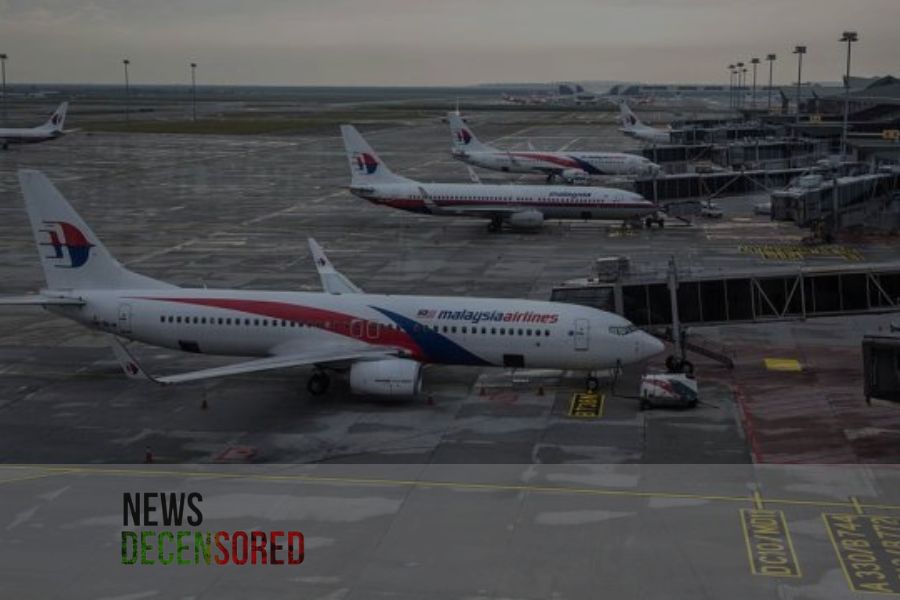Ten years ago, Malaysia Airlines faced two major tragedies, one was MH370 and the other was MH17.
On March 8, 2014, Flight MH370, en route from Kuala Lumpur to Beijing, mysteriously disappeared from 283 radar over the Indian Ocean, with 239 people on board. Millions of dollars were spent in the biggest search in the history of aviation, but still, no trace of the plane has been found. 283 passengers and crew members were killed on the board.
160 aircraft were flying over war-torn Ukraine that day, but only MH17 was hit.
For any airline to lose two aircraft in five months is unprecedented to date. Many people interpreted this as an omen as the airline had been operating for the past 70 years without any major losses.
Malaysia Airlines had an excellent safety record and was awarded service awards. From its base in Kuala Lumpur, a large number of airliners were flying around the world.
However, after the tragedies of 2014, passengers became reluctant to travel on these airlines. Passengers decided to travel on other flights and according to media reports at the time, long-haul flights appeared to be empty.
Last year, the airline’s chief executive said the company was on track to post its first annual net profit in a decade.
The airlines did not respond to questions from the BBC, but experts say the reduction in flights on several routes has boosted the company’s finances while emphasizing safety and rebranding the airline around the point. Due to this, the passengers returned.
Aviation industry watcher Greg Waldron says, “Now it’s a smaller company that’s focused on a specific goal, but it’s not as ambitious as it used to be.
Malaysia Airlines is becoming a source of transportation for millions of passengers worldwide, but how was it possible in such a short period?
How did Malaysia rescue its airlines?
Immediately after the second tragedy, the Malaysian government decided to take immediate action.
The country’s sovereign wealth fund (Khazana National) stepped in to rescue the airline, which at the time already owned 69 percent of the company.
A month after the MH17 tragedy, he also bought other shares of the airlines delisted the company from the stock exchange and formed a new company, and declared the old company insolvent. The process of nationalizing Malaysia Airlines was completed, which proved to be the first step in the process of saving it.
A government-issued recovery plan, dubbed ‘Rebuilding a National Icon’, saw ticket prices slashed while accountants took drastic measures to reduce losses in the company’s operations.
Even before 2014, airlines stopped unprofitable flights on long-haul routes such as North and South America and South Africa.
After 2014, it decided to end flights on long-haul routes, and long-haul routes to New York and Stockholm were also closed. The airline also canceled flights to all its European countries except London.
Today Heathrow Airport is the only airport in Europe where Malaysia Airlines flights land and it has become a major source of profit for the airlines, especially since the Covid pandemic.
Other airlines in Asia and Europe retired their planes during Covid, so they were not in a position to bounce back immediately when restrictions were lifted.
Malaysia Airlines, on the other hand, had an opportunity to take advantage and made good use of it when the borders reopened.















